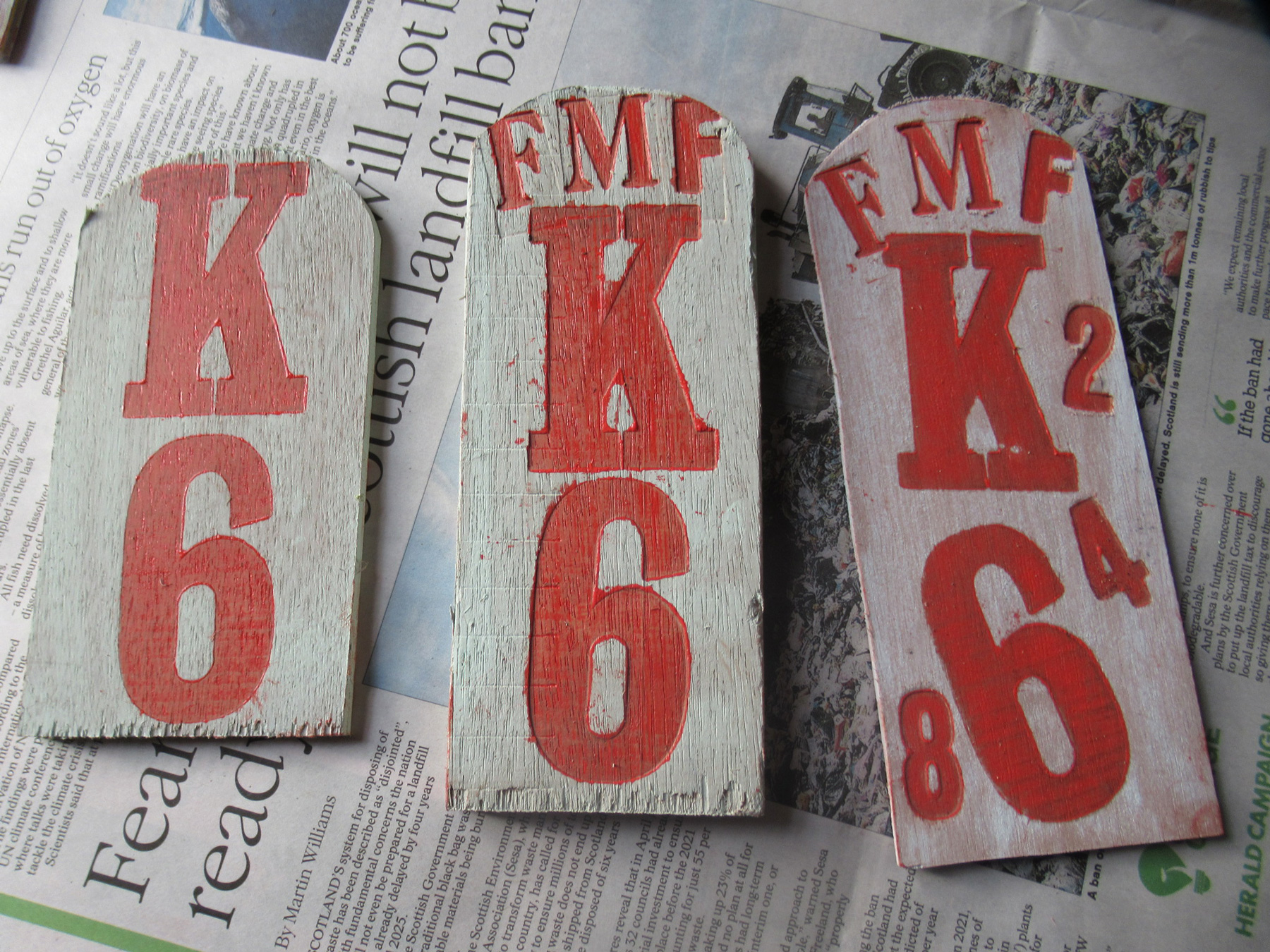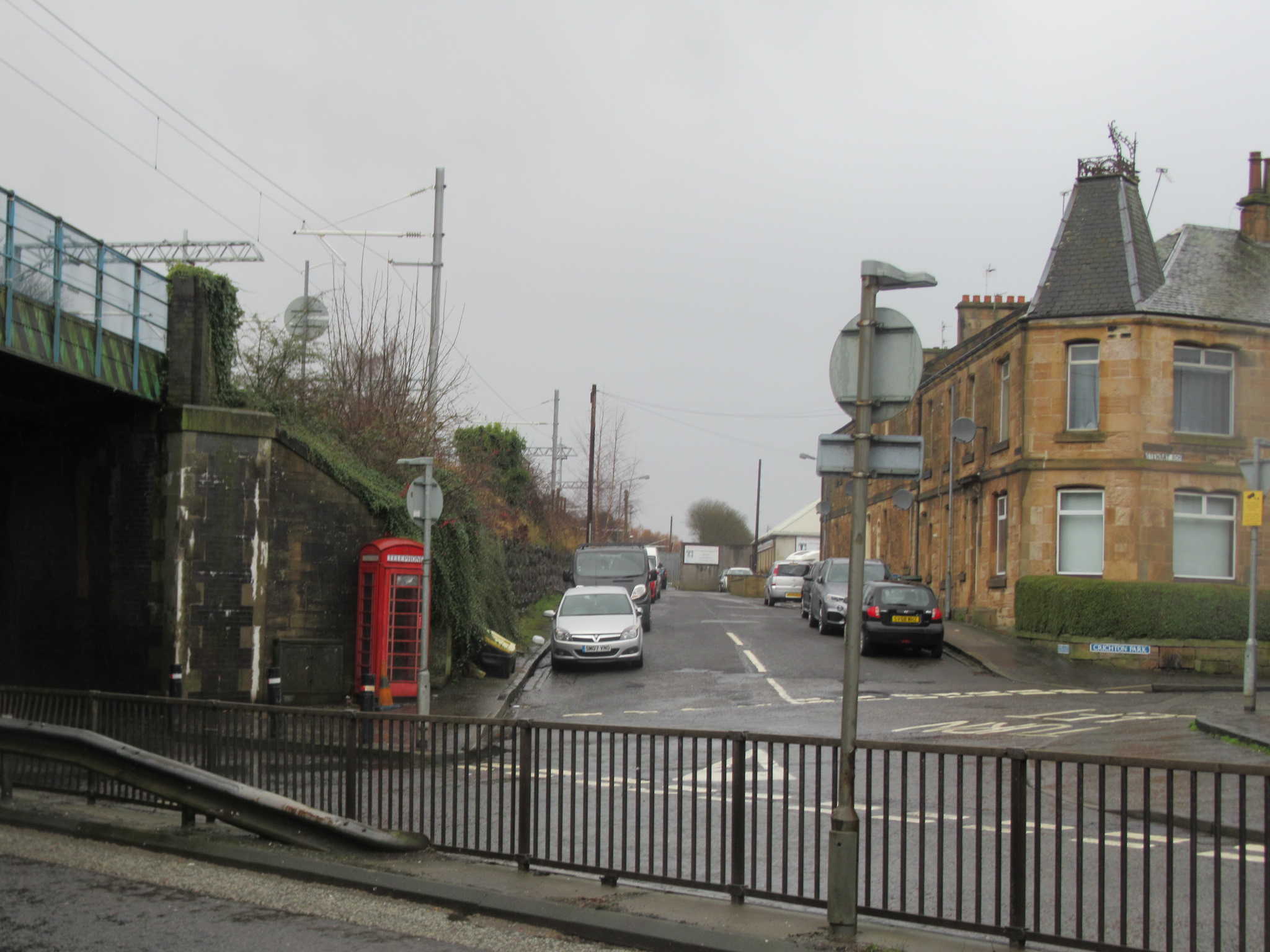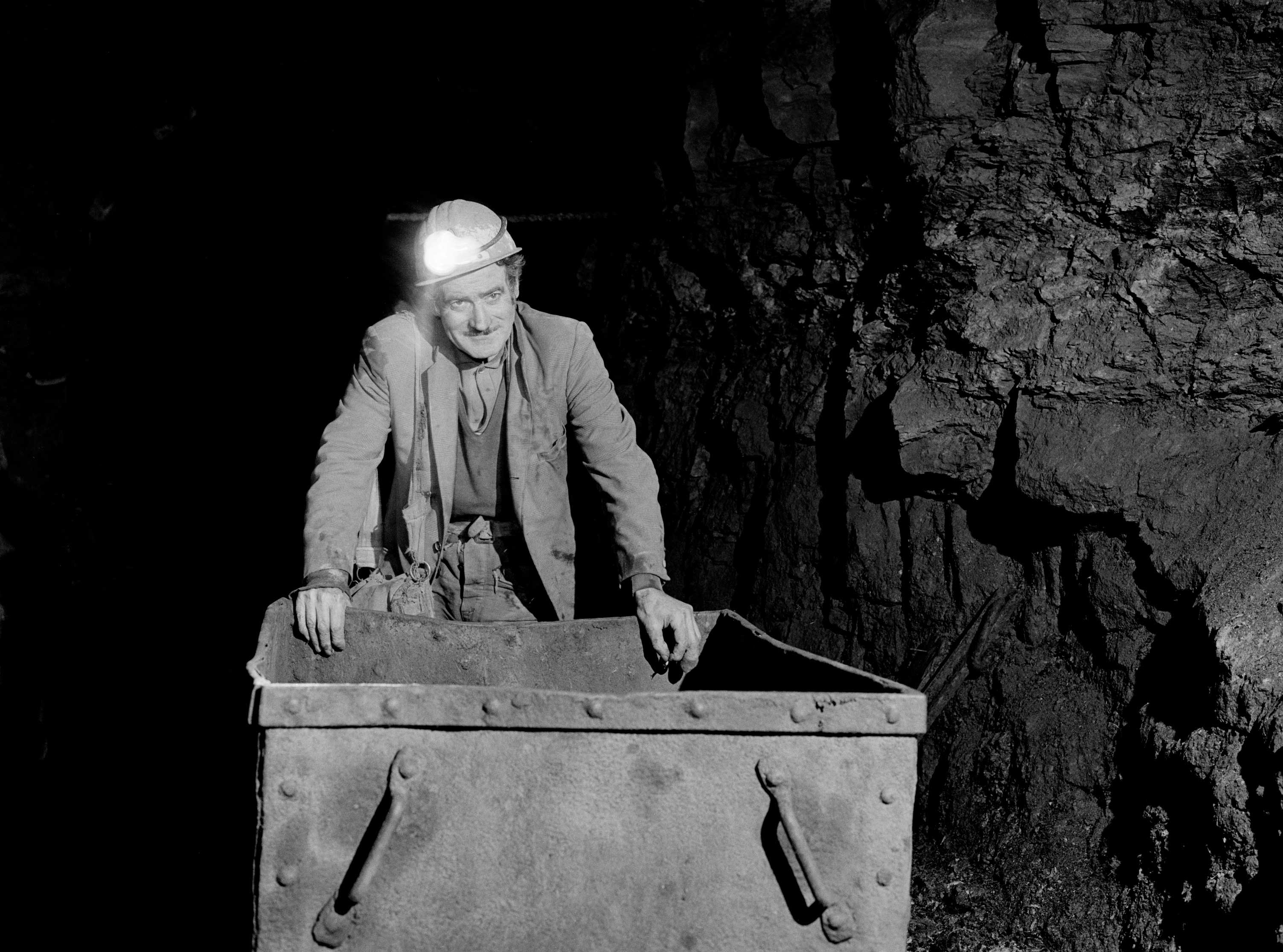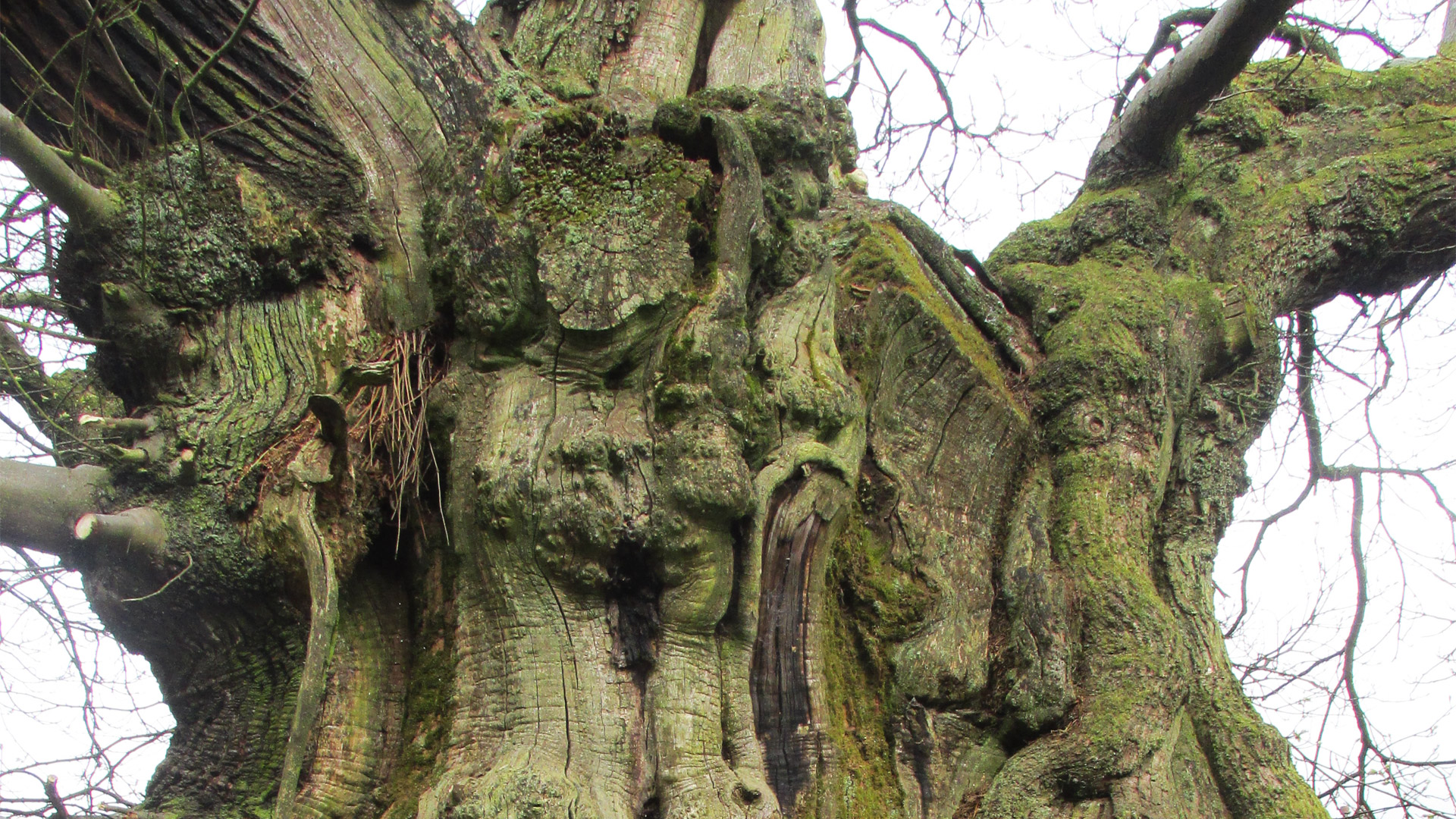Learn about the development of the telephone box which was constructed at the Carron Ironworks and has been subject to ongoing controversy.
It’s been one hundred years since the first standard public telephone box was introduced and we are now witnessing the end of its role as a pay phone kiosk. The telephone box located in King Street, Stenhousemuir, for example, has been given notice for removal by British Telecom. Find out how the people of Falkirk are fighting for their phone boxes, which have had a more controversial history than you might expect.
The telephone box was revolutionary because it enabled every individual to access telecommunications. The decision to paint the K2 vermillion red turned it into an instantly recognisable beacon and matched the red pillar letter box. The use of such a bright official colour caused Edinburgh Council to cancel its request. The decision to make it in cast iron was also GPO decision – Scott had preferred steel – this made it 1.1/2 tons heavy and impossible to steal. The GPO initially chose to limit this expensive project, the ‘deluxe kiosk’, by only allowing installation in London from 1927.
It is difficult to comprehend that the design and usefulness of a standard public pay phone box could be controversial, but it certainly was, and is today.
fields['text']) echo $section->fields['text']; ?>
Delving into the archives
In 2019, a campaign group of concerned citizens, ‘Falkirk Made Friends,’ uncovered much of the telephone box story hidden away in the GPO archives. The Glasgow-based Saracen Foundry were brought in by the GPO (and reluctantly accepted by Scott) to solve the issue of how to mould the intricate parts in cast iron. The competitive tender was reduced to two finalists: Saracen and the Carron Company of Falkirk. Because of an astute tender condition which offered the GPO a refund on return of the packaging involved (the Carron Company’s record in supplying cast iron letter boxes to the GPO must have helped) the Carron Company was awarded the first contract for 500 K2 public call offices.
It is difficult to be exact, but the total number of K2s made was roughly 1500, with only seven of these allowed outside London. The K2, however, almost immediately attracted national and international fascination. Telegraph cable requests for the design came from South Africa, India, Berlin, and others, with one K2 even being shipped to New Zealand.
The GPO’s next decision would trigger another controversy. In 1929, barely two years after the public arrival of the K2, the GPO introduced a cheaper concrete version of the K2 called the K3, mainly for use in areas outside of London. However, a new rebel alliance of councils decided to contest the imposition and Helensburgh Council wrote to the GPO rejecting concrete and demanded a K2.
Perhaps because of various criticisms, and the search for innovation in phone exchange and telephone capacity, the GPO began an experimental phase. Its engineers came up with another modification to the K2: the K4 was a mini post office made by Carron Company, which combined phone box, dispensed postage stamps, and acted as a letter box. This ambitious idea was too far ahead of the technology of the day and failed. The K5 variation, an idea for a lightweight portable exhibition box signalled the future direction of the GPO in the 1930s.





The Iron Discovery Trail
The telephone box of today
The GPO soon combined the demand for the K2 model and the opposition to the K3 to create a new concept: revise the popular K2 as the K6, make it smaller, cheaper and easier to install, then connect it to the 25th silver jubilee of King George V1 and roll it out across the country as the ‘Jubilee Concession.’ This initiated a radical new telephone infrastructure and distribution network with faster exchange connection matched by use of the latest in dial and combined receiver phone technology. The K6 was to be installed nationwide outside all Post Offices, guaranteeing 24hour access. It is difficult now not to admire the GPO for this development.
To accommodate this dramatic increase in phone box provision the Lion Foundry of Kirkintilloch became an additional supplier with Carron and Saracen and they became an informal triumvirate of central Scotland foundries with a solid hold on GPO contracts until 1984. Over its lifetime over 70,000 K6s were installed.
The GPO celebrated phone service expansion in 1937 with a Tercentenary Concession, but this was a ploy to get local authorities to pay for installation at four pounds for five years and only saw 1,000 K6 boxes installed compared to 8,000 under the Jubilee scheme. It was only well after the war in 1949 that the GPO announced the Rural Allocation Scheme which installed the K6 on request in remote locations without regard of profit. The K6 phone box became a standard representative of public service nationwide and enabled a social revolution by making available universal access to telecommunications.
The mobile phone has brought to an end the K6 as a cast iron pay phone kiosk, but Falkirk campaigners are doing their best to protect these iconic locally made structures, adopt them, and turn them into an ‘iron heritage trail,’ to stimulate local and national interest in their engineering achievement. Transitioning the K6s into attractive, interactive and stimulating sites will also attract international interest to the area and Falkirk’s legacy as the makers of this world-renowned design icon.
By Duncan Comrie.

